Jamie Jean Schneider DommDigital Strategist, Social Media + Big Data, North American Division People search online for answers to their problems. What better place for the Church to share its message of hope and wholeness? Our message is the gospel. It’s the role of creatives to package it in ways that connect with our audiences by using the platforms, tools, language, and media that are culturally relevant and accessible to them. Today, that means presenting the gospel message and teachings of Jesus via various digital friendly formats such as video, blogs, images, podcasts, etc. Remember, good communication is when you communicate in a way your audience understands. That requires adaption, whether it’s the physical mission field or the digital one. Content As Mission: Think Differently Before we get into the practical application of content creation, I want to challenge the status quo for a moment. Only 20% of Americans regularly attend church, and only 2 in 10 millennials consider regular church attendance important. What if your digital content is the only exposure to the gospel a person receives? How important it is, then, to post consistently! The predominant way the Church uses digital communications currently is to promote events. Promoting events is okay, and we should continue doing that as part of a comprehensive communication strategy. However, we can and should go beyond promoting events to create content that is meaningful and relevant to people’s daily lives and challenges. After all, our message is the gospel, not “Come to our next event!” The truth is, some people may never come to church, but we can still touch their lives. How would you witness if your local church service, events, and Bible studies did not exist? What would you want your community to know about Jesus? We’re called to preach the gospel, especially to those outside the church body. What ways can you accomplish that? Strategize, find solutions, and fulfill them intentionally. Put Jesus/God on DisplayThe life, character, and gift of Jesus Christ should be on display in your digital content and interactions. Jesus came not to uplift Himself, but to reveal an accurate picture of God’s character. It’s not about how many followers you have on your digital platforms, but how people can and do discover Jesus through you. It’s about portraying the truth of God’s character in all aspects of our lives, including in the digital space. Jesus sought first to fulfill people’s needs; He then invited them to follow. We’ve been going about digital missions backwards. We’re spending most of our time and energy promoting events, resources, or products, when we should be ministering first to the needs of our community, just like Jesus demonstrated. During His three-and-a-half-year ministry, Jesus:
Christianity is a Lifestyle Creatives can use their talents online to encourage Christian lifestyles in their community. When asked: “Which commandment is the most important of all?” Jesus answered, “The most important is, ‘Hear, O Israel: The Lord our God, the Lord is one. And you shall love the Lord your God with all your heart and with all your soul and with all your mind and with all your strength.’ The second is this: ‘You shall love your neighbor as yourself.’ There is no other commandment greater than these” (Mark 12:28-31, ESV). True Christianity is about helping those in need and seeking ways to elevate the well-being of others, all while reflecting the character of Christ. One way to do that is to create sharable content. But what is shareable content? In other words, what kind of online content do people tend to interact with and share with their friends? What makes content relevant or worthy of sharing? Hootsuite reported on an extensive study conducted by the New York Times to uncover the top reasons people share content online. The top five reasons why people share online are:
The number one reason people share content is that they feel it will improve the lives of their followers/friends. Amazingly, this is a core Christian value and could be developed in coordination with digital media for the gospel message. As digital evangelists and disciples, it’s an essential part of our mission to share and create content that will uplift, help, and/or improve the lives of your audience (and their audiences). Eighty-four percent of participants in the NYT study also said that they share information “because it is a way to support causes or issues they care about” (New York Times), which directly relates to the first reason. Think about how your mission aligns with the core values of your target audience and create content that supports these values. In fact, the Church should be the clear leader in using its digital influence to create media content that improves the lives of others and advocates for meaningful causes. Sharing content online is also a means by which many maintain and create relationships. This is an incentive for us to create content that helps foster connections between members of our community, our brand, and Christ. Encourage engagement and conversation as much as possible. Additionally, people use their social influence to help create an “idealized online persona” of themselves. Evaluate your audience’s interests and develop content that fits with their goals or identity. Ask: “How can our organization’s content demonstrate what it means to be a follower of Christ?” or, “How can our ministry’s content create value for those already invested in supporting our mission and interested in becoming more involved in our community?” Finally, the same research found that “consumers enjoy content more when they share it, and that they enjoy content more when it is shared with them.” When we create audience-focused content that facilitates this sense of positive community and interactions, we can help encourage our audience’s natural desire to share our content for perceived personal and social value. These five key motivations clearly show that your audience’s main reasons for sharing are their relationships with other people—not your brand. Keep this in mind as you continue creating and sharing audience-focused content. The Seventh-day Adventist Church has a solid message that can easily meet the top motivations for sharing content online, but presentation is everything. It’s up to content creators to package our messages so that they clearly align with the type of content people want to share. The tools and technologies will continue to change, but people and their deepest desires and motivations generally remain the same. Empathy: Think Like a SeekerAlways remember: empathy first. Put yourself in a prospective visitor/viewer/engager’s place and seek to understand their needs and/or experience. Figure out what their barriers to entry or barriers to faith are, and try to diminish or address them through the content you create, services you provide, and the relationships you build. Create an online space for community, love, support, and understanding through your content. When creating, consider who might engage with your media. Ask yourself:
Our goal as content creators is to reveal who God really is in a world that often views God, or religion in general, as vindictive, cruel, and uncaring. Don’t just create content for content’s sake. Consider: How will your audience change as a result of your [article/letter/post/video]? —Seth Godin, marketing guru Or, more directly applicable to our mission, ask: How will their attitude and perceptions of God change because of your [article/letter/post/video]? Rachel Lemons AitkenCommunications Executive of the Greater Sydney Conference and Founder of the Digital Discipleship. Before we answer the question, what is Digital Discipleship, we must ask, are we on the answering end of the searches taking place online? Are we providing hope in the comment section? Do our videos and websites answer questions? And are our social media accounts making people feel like they’ve found a digital church home? On average, Google processes over 40,000 search queries every second. 2.5 billion people use either Whatsapp, Instagram, Facebook Messenger or the Facebook app. And Youtube processes more than 3 billion searches a month. Digital Discipleship allows us to have a strategic and influential voice in online conversations. It’s clear we have something to say, but are we putting ourselves out there? And when we do venture to say something, is it being heard? Disciples in the Age of Gifs and MemesDigital Discipleship is a movement to make disciples and inspire people to grow in discipleship. This mission remains the same as the call to discipleship over 2,000 years ago. The objectives haven’t changed, but the environment is noisy. The audience we are trying to reach is inundated with a fire-hose-sized flow of information. Everyone online is an “expert” with something to say. And all of this is before we factor in on-demand TV like Netflix, Hulu and Stan providing endless entertainment at our fingertips. When we’re playing with the big boys, and we need to come prepared. We know that the compelling story of Jesus is necessary and more relevant now than ever before. And while Digital Discipleship allows us to talk to large, targeted groups in unprecedented ways, it’s imperative that we become more savvy in our methods in the online space. Christ’s method alone will give true success in reaching the people. The Savior mingled with men as one who desired their good. He showed His sympathy for them, ministered to their needs, and won their confidence. Then He bade them, “Follow Me." Christ’s method is still applicable in the age of memes, gifs, FaceTime and Whatsapp chats, but now we must cut through the noise. We must win the hearts of people in a new environment. Just as John the Baptist was “a voice of one calling in the wilderness to prepare the way for the Lord,” we too are calling out preparing the way for Christ’s return. In order to avoid having our voices drowned out we need to pump up the volume, be more strategic in our call and engage the right people. And we are uniquely positioned to do this through Digital Discipleship. Digital Discipleship 101I want you to think of this as your Digital Discipleship primer. From here, you’ll be able to dig deeper into other subjects and learn how you can get involved, support and even set-up your own Digital Discipleship ministry. We’ll give you an overview of Digital Discipleship, how it works and lay out a vision of what it can become. Most importantly, we hope you’ll feel compelled to join the conversation and add your voice to the collective loud cry about the never-ending love of Jesus Christ and His soon return. How to Join the ConversationThe internet is a huge place. Imagine it as a large, crowded room with everyone jumping in to have their say. With this picture in mind it’s almost inevitable that our voice could get lost in the noise. The message of the Seventh-day Adventist Church, and more broadly Christianity, has spread around the world – taught in marketplaces, shared from friend to friend, preached in churches, whispered about in catacombs and witnessed secretly in homes. It has been communicated most effectively when spoken to people in their own language. The Language of the InternetThe internet is like a country with its own language and culture. It may not occupy a geographic space, but it has its own social norms. There are ways to jump into a conversation and be heard and understood. To start off, there are four levels at which Digital Discipleship can be executed:
We’re going to start by breaking down each area because each one requires a different way of communicating. Digital Discipleship at Different Levels The beauty of Digital Discipleship is that it leverages both the size and the intimacy of our church. It’s powerful both when executed at the entity level and when it engages the individual member. 1. DIGITAL DISCIPLESHIP AT A CORPORATE LEVEL When we speak about the Corporate Level of the Seventh-day Adventist Church, we’re talking about the General Conference, Divisions, Unions, and Conferences. Each have roles they are uniquely positioned to do, such as:
2. DIGITAL DISCIPLESHIP AT A CHURCH LEVEL The church is the strongest building block of our organisation and through Digital Discipleship there are many opportunities to benefit the church, the members as well as those who are being reached. The church is uniquely positioned to do many things, such as:
Many individuals feel compelled to start ministries to address specific community needs in service to the church. Because of the targeted focus of these ministries, they are uniquely positioned to participate in the Digital Discipleship ecosystem by:
In traditional media, the big boys can make the most noise – whoever can outspend their competitors is most likely to win. However, the digital space has become the great equalizer. Individuals within the Digital Discipleship Ecosystem are well positioned to have influential voices in a crowded space! We have seen this time and again as videos go viral, as people share their lives and as they evolve into becoming online “influencers.” Individuals are uniquely positioned to:
The Digital Discipleship EcosystemThroughout the article, the term Digital Discipleship Ecosystem has been referenced several times. One of the most exciting parts of Digital Discipleship is the way it works as a system. As you saw in the section above, it can work at the corporate level, the church level, as ministries or even as individuals but it’s when the system works as a unit that it’s truly powerful. The Digital Discipleship Ecosystem is made of content creators, distributors, engagers and curators. To explain the system in context, we’ll reference the parts in conjunction with their levels. Content CreatorsContent Creators are our creatives. They are masterful storytellers, talented artists and skilled graphic designers. They take biblical concepts and stories and provide interpretations and depictions that capture our attention and take us on a journey. And in addition to artistic talents being celebrated in this area of the Digital Discipleship ecosystem, we must also recognize those with technical abilities, such as those who code, create systems and design platforms. Their diligence makes our interaction with information smoother and easier. Here are some examples of content creators at various levels within our church. Corporate Church
Content DistributorsHave you ever heard of the 80/20 rule? It says you should spend 20% of your time creating content and the other 80% of your time promoting that content to make sure it gets seen. We haven’t done a study lately, but we don’t think that rule has traditionally been applied in church communications and promotions. Within the Digital Discipleship ecosystem, content has a better chance of getting seen if it’s circulated within the ecosystem. Content distribution is another way of saying content promotion. In some ways it can be seen as a form of digital door-knocking. And there are many ways to do it. Corporate Church
Content EngagersThis stage of the Digital Discipleship Ecosystem is all about the conversations we have online. It’s the keystone in the Digital Discipleship process. What are you saying when you engage in conversations, comment on photos and chat in groups? Corporate Church
Content CuratorsThose who have a platform and they gather content to then share it.
As a church, we struggle a bit more within this area of the Digital Discipleship ecosystem. And because we exist in a crowded, noisy space, this area requires more savviness than we’ve often exhibited in the past. Click here to read the full, original article. Re-posted with permission from digitaldisciples.info. To learn more about Digital Discipleship and Evangelism, check out our helpful guide. Rachel Lemons AitkenCommunications Executive of the Greater Sydney Conference and Founder of the Digital Discipleship. In an article entitled Discipleship: Cutting through the Buzz, published in Adventist Record, Dr Leigh Rice, leader of discipleship ministries for the South Pacific Division shared a clear and succinct message about what it means to be a disciple. He said: A disciple is a person who in every way is becoming more like Jesus Christ (Ephesians 4:15). So discipleship is the process of making better and more disciples. In the narrow sense we could say that mentoring is making better disciples and evangelism is making more disciples. But Jesus’ model of making disciples was very relational and this is perhaps the defining focus of discipleship. Disciples who make disciples, who make disciples—a disciple-making movement. Or as the parable in Mark 4 says, multiplying “30, 60 and even 100 times.” TWO DIGITAL PIONEERSRecently, I put a call out for two people who would like to test the idea of being digital disciples. Prayers were sent out and two hands went up. Several weeks ago, I met them individually over the phone. At that time, we discussed their hearts for God and how they’re currently involved in the digital space. One of the individuals really enjoys blogging and the other one has Snapchat as his platform of choice. This week, I had a meeting with them to start our discussion as a group about becoming pioneers in our digital discipleship movement. At that meeting, we decided me needed a bit more structure as we venture out into the digital space. So we started with the Multiply the Harvest model of discipleship that is outlined in Mark 4 and was shared in the Discipleship: Cutting through the Buzz article. Our discussion focused on how we can translate this model into the digital space. We understood that there would be some overlap between what was already outlined and what we would identify. We know from our own lives that some relationships span both the physical and digital space. As we’re working to create a discipleship movement in the digital space, including aspects of our digital lives in the model is very important to what we’re doing. Here’s what we came up with: ONLINE PERSONA
PREPARE THE SOIL
SOW THE SEEDS
CULTIVATE THE PLANTS
HARVEST THE CROPS
MULTIPLY THE HARVEST
Reposted with permission from digitaldisciples.info. Rachel Lemons AitkenCommunications Executive of the Greater Sydney Conference and Founder of the Digital Discipleship Ministry of the Greater Sydney Conference. WHAT IS DISCIPLESHIP?In Adventist Record’s recent interview with Dr. Leigh Rice, leader of Discipleship Ministries at the South Pacific Division, a definition of discipleship was shared. A disciple is a person who in every way is becoming more like Jesus Christ (Ephesians 4:15). So discipleship is the process of making better and more disciples. In the narrow sense we could say that mentoring is making better disciples and evangelism is making more disciples. But Jesus’ model of making disciples was very relational and this is perhaps the defining focus of discipleship. Disciples who make disciples, who make disciples—a disciple-making movement. Or as the parable in Mark 4 says, multiplying “30, 60 and even 100 times. In Mark 4, Jesus outlines five activities that are involved in making disciples. The South Pacific Division has given more specific examples of how we can carry out each of the steps in our day-to-day lives, for example when Jesus encourages us to “prepare the soil” we are being encouraged to visit with people to connect. This means listening to their story, visiting them when they’re sick and when they’re in need, like when they’re in prison. Reviewing this document from the perspective of a digital disciple, we wondered how we could give further examples for how these activities might be applied in the digital space. PREPARE THE SOIL: EMBRACING DIGITAL DISCIPLESHIP(Please not that these steps are not a replacement to the original activities outlined but are being suggested as additions to the list.)
Reposted with permission from digitaldisciples.info. Rachel Lemons AitkenCommunications Executive of the Greater Sydney Conference and Founder of the Digital Discipleship Ministry of the Greater Sydney Conference. DISCOVERING YOUR “WHY”One of my favorite stories in the Bible is the story of Moses’ spiritual awakening. It’s the moment when he discovers his “why” in life. His moment of discovery comes after a moment of self doubt. He doubts that he can do what God is asking him to do. In the middle of his doubt, God asks him, “What is that in your hand?” and he says “A rod.” FOLLOW ME, AS I FOLLOW CHRISTJesus calls us to be disciples who make disciples. This is discipleship – following Jesus in such a compelling way that others want to follow Jesus as well. This process of growing in Him and introducing others into a relationship with him is discipleship. It’s like Paul says in 1 Corinthians 11:1, “Follow my example, as I follow the example of Christ.” So the question is, what’s in your hand? What do you have that God can use to compel others of His love and can compel them to follow Him? TALENTS AND SPIRITUAL GIFTSAs a church, for many years, we’ve validated the gifts and talents of the musicians, preachers, teachers and the hospitable. And this is biblical, as we see in Romans 12:6-8, 1 Corinthians 12:8-10; 28-30 and Ephesians 4:11. With the evolution of time and technology, the opportunities for areas of proficiency have evolved as well. WHAT’S IN YOUR HAND?Right now, at this very moment, what’s in your hand? It’s the same question God asked Moses all of those years ago. Unless someone printed this blog post off for you and you’re reading a hard copy article, then you likely have a keyboard, phone, iPad or some other electronic device at you fingertips. Could it be, if God were speaking to you today, with the proximity and clarity he spoke with Moses on that day, that when you answered, “A phone” or “A keyboard” or “A laptop” or “An iPad” God would then proceed to demonstrate how you could use it for Him? More broadly speaking, if you’re a photographer, videographer, graphic designer, SEO expert, writer, social media mogul or digital marketing specialist in a similar situation, do you believe God would prompt you with whatever is in your hand? For you, it might be your camera, mouse, pen, phone or excel spreadsheet. The question is, “What is that in your hand?” WHAT IS DIGITAL DISCIPLESHIP?This brings us to the long awaited question, “What is digital discipleship?” After giving it much thought over the last year or so, here is my answer. In the Greater Sydney Conference, our focus is on creating an environment where our church members can grow in discipleship. The digital discipleship movement is an extension of that focus. It’s offering another playing field for this to happen. Digital Discipleship is answering the call and the challenge to build a discipleship movement in the digital space. It’s the same call Jesus made over 2,000 years ago, the only thing that has changed is the setting. When working at its best, Digital Discipleship involves three levels of people: Content Creators, Content Distributors and Content Engagers. When all three are present (and sometimes, one person may play the role of all three people) the cycle of digital discipleship flows well. CONTENT CREATORSIt’s easy to identify content creators. As a church, we’re very adept at creating content. Our church is full of prolific writers, musicians and preachers. We can boast of having radio and TV stations dotted around the globe. Content creators that are often unsung heroes, however, are our photographers, videographers, graphic designers, bloggers, vloggers, authors, and singers. If content is king, as they say in the world of digital, then we are on top of the world. However, though it was a clever line in The Field of Dreams, it’s not always true that “if you build it, they will come”. This is why Content Distributors are key to the flow of Digital Discipleship. CONTENT DISTRIBUTORSContent Distributors can range from denominational social media accounts, like the social media accounts of Conferences, Unions and Divisions, ABCs, Adventist publishers and local churches. Some of our most valuable content distributors, however are our local church social media accounts, as well as those of local church members. Many others have the opportunity to distribute content as well, from their e-mail accounts, blogs, through podcasts and video channels. As platforms continue to grow, the diversity of the opportunities to distribute content will grow as well. Consider content distribution as digital seed planting, similar to the way Paul explained it in 1 Corinthians 3:6, “I planted the seed, Apollos watered it, but God has been making it grow.” Content Distributors are key to getting the messages that we create out there! CONTENT ENGAGERSHave you ever posted something on your Facebook account, whether spiritual, political or a seemingly benign topic only to be met with intense passion, discussion, disdain and even a sense of cynicism and hatred? How have you responded to such posts? Sometimes, it seems the internet brings out the worst in people. The distance created by computer screens provides a bit of digital courage to people who would otherwise refrain from stating their opinion or refuting yours in a vile and nasty way. This fear – the fear of rejection or even the fear of confrontation – keeps many people at bay, making them refrain from sharing much of anything outside of vacation photos, cat memes and the occasional joke. But 1 Peter 3:15 encourages us “But in your hearts revere Christ as Lord. Always be prepared to give an answer to everyone who asks you to give the reason for the hope that you have. But do this with gentleness and respect.” The guiding principle for engaging around content on the internet, as a Digital Disciple comes from Romans 12:14-16, “Bless those who persecute you. Bless and do not curse. Rejoice with those who rejoice; weep with those who weep. Live in harmony with one another. Do not be proud, but enjoy the company of the lowly. Do not be conceited. Do not repay anyone evil for evil. Carefully consider what is right in the eyes of everybody. If it is possible on your part, live at peace with everyone.” Content engagers, are a very important link in the digital discipleship chain. Once the content about Jesus has been created and distributed, it is the content engagers who will have meaningful, potentially life-changing conversations with people. It may not be the first, the second or the third conversation that changes someone’s life, but being willing to engage provides the possibility for growth to happen. BEYOND DIGITALPerhaps with time, we won’t need think in terms of “digital” discipleship. Perhaps it will naturally flow into all of the other work we do to disciple and provide discipleship opportunities as a church. Most of you who have taken the time to read this article – especially down to this point of the article – are digital immigrants – someone who was born or grew up during the time before technology was so widespread. With the emergence of digital natives, who’ve never known an environment where technology was not prevalent, the incorporation of digital discipleship may become more natural and easily integrated into discipleship planning. In the meantime, establishing the Digital Discipleship Movement is a great start. Are you a digital disciple? What are your thoughts on digital discipleship? We’d love to hear your thoughts on being part of a digital discipleship movement. RELATED ARTICLESRachel Lemons AitkenCommunications Executive of the Greater Sydney Conference and Founder of the Digital Discipleship Ministry of the Greater Sydney Conference. As a local church member, pastor, elder or youth leader, you may be wondering how relevant Digital Discipleship is to your church. The Digital Discipleship ministry exists to create, inspire, encourage and resource disciples of Jesus Christ to share His love through their creativity and innovation in the digital space. What does this look like in action? After reading this article, you will be equipped with actionable ideas for integrating Digital Discipleship principles into the fabric of your church. A church’s strength – its unique quality – is in its community and its ability to be a place of life-changing teaching, learning and launching. In the Bible, we see the church doing every day, ordinary things together – eating, sharing problems and burdens, sharing dreams and discouragements and sharing financial obligations. Community was natural – almost inevitable. When the biblical model of church is so reliant on in-person interaction, what does Digital Discipleship have to offer? In many ways, this question lies at the heart of the discussion of the relevance and efficacy of Digital Discipleship at the local church level. In the minds of some, community must happen exclusively in person while in the minds of others, community happens online. However, Digital Discipleship offers a “both, and” approach instead of an “either, or” approach. The local church can now add digital tools to its available resources to reach, disciple and provide community. The local church has the opportunity to recognize the gifts of its members in the areas of creativity and technology and to acknowledge the abilities of these people to move the work of the church forward. The local church is positioned to amplify its message while becoming more targeted in its approach through available technology. Local church leaders and members can implement any of these principles as they work to integrate Digital Discipleship into their church’s ministry plans keeping in mind that this ministry encourages churches to equip its members to make disciples and grow in discipleship by meeting a need in the digital space, addressing a digital need or utilizing digital tools. HOW TO IMPLEMENT DIGITAL DISCIPLESHIP AT YOUR CHURCH:
If your interest has been piqued and you’re curious about introducing Digital Discipleship principles in your local church, consider the following steps:
Please let us know if you are implementing digital discipleship models in your church or ministry. We would love for you to share you experience and what you've learned. Comment below! Click here to read the full, original article. Re-posted with permission from digitaldisciples.info. Related Articles:Rachel Lemons Aitken Communications Executive of the Greater Sydney Conference and Founder of the Digital Discipleship Ministry of the Greater Sydney Conference In the wake of his father’s suicide, Gavin Larkin grappled with the realities of death. He wondered, “If this could happen to my father, am I susceptible to it as well?” He was not okay He looked back fondly at memories with his father and mentally replayed conversations. As a successful businessman, Barry Larkin had given no indication that he had been contemplating suicide. But the reality remained. Barry Larkin was not okay. After documenting the impact of this experience in a documentary in collaboration with Janina Nearn, the pair realized the documentary served to tell the story but wasn’t sufficient to build a movement. Building a movement “In 2009, Gavin Larkin chose to champion just one question to honor his father and to try and protect other families form the pain he endured.” “Are you ok?” This single question, in all of its simplicity, is powerful because of the intentionality behind it. It challenges a nation to ask a question that now shapes the way Australia views suicide prevention with the hope that it will “genuinely change behavior Australia-wide” R U OK Karen Mudge, author of a Bible Society article published in 2012 said that R U OK Day “fits naturally with our calling as Christians to care for each other and those around us.” Taking it one step further, R U OK day — its principles and intentionality — are especially pertinent to the Digital Discipleship movement: engaging with people online can be seen as a spiritual discipline. Engaging online as a spiritual discipline As Christians, we are familiar with the spiritual disciplines – if not as a collective than at least individually.
In order for these online encounters to happen, we must reach out. We must meet people where they are in the digital space. Much of life is lived online. While some see the online space as a public photo album, displaying pictures of kittens, vacations, clothes and food, others find the online experience cathartic. They find strength in speaking online that they wouldn’t have in person. They type away their sorrows, are often overly honest and send out digital distress signals. Sometimes, even their silence online can be a loud cry for help. The question is, is anybody listening? The R U OK Process R U OK Day prompts us to ask this simple but important question and gives us tools for how to ask it. As Digital Disciples, we are encouraged to be content creators, distributors and engagers. And as important as the creators and distributors are to the Digital Discipleship process, the engagers give humanity to a world of pixels, bits, bytes and code. Step 1 – Ask
First make sure you’re in a good headspace to ask. Start with something simple like “How are you going”. If something has caused you to be concerned, mention it specifically. If you receive a bit of pushback, just follow-up with a question to make sure things are really okay. Step 2 – Listen Listen genuinely to their answers. Don’t rush them and hold back any judgment you may feel. Follow-up with questions like, how did that make you feel? Step 3 – Encourage Action Ask them how you can support them in their situation. Prompt them to tell you how they’ve dealt with a similar situation in the past. Share how you’ve dealt with similar situations. (Sometimes the situation may be too big for you to deal with alone. In this case, bring along an expert to help. Check out this link for resources for expert help). Step 4 – Check in Putting a reminder in your diary will prompt you to follow-up. Keep in touch and continue to show genuine care and concern. (For the full guidelines to How to Check-in, visit the R U OK resource page.) A Lifestyle For much of the nation, today’s focus on the health and well-being of their co-worker, cousin or online friend will soon fade. It will be lost when the celebrities stop appearing frequently in yellow, when the pamphlets have been distributed and the commercials have run their cycle. For Digital Disciples, engaging in genuine conversations online with our friends, family and strangers is a lifestyle modeled after Jesus’ life. It gives us permission and intentionality in our questions and it gives us purpose behind why we’re asking them. So as you reach out today to ask R U OK, ask yourself how you can exercise the spiritual discipline of engaging online with your community with intentionality and purpose in order to grow God’s kingdom not just today, but every day. Who will you reach out to to ask R U OK, and how can you build relationship with them and meet the needs they may have? Re-posted with permission from digitaldisciples.info. |
Archives
August 2020
Categories
All
|
- Home
- BLOG
-
RESOURCES
-
RESOURCE MENU
>
- ADVENTIST IDENTITY GUIDELINES
- BIG DATA RESOURCES
- BRANDING, IMAGE & DESIGN RESOURCES
- CHURCH/MINISTRY SPECIFIC RESOURCES
- COPYRIGHT & TRADEMARK BASICS
- COURSES
- EMAIL RESOURCES
- GUIDANCE FOR HIRING SOCIAL MEDIA POSITIONS
- PODCASTS
- REPORTS & CASE STUDIES
- SOCIAL MEDIA RESOURCES
- (SOCIAL) VIDEO RESOURCES >
- TEXTING 4 CHURCHES
- TRACKING & ANALTYICS
- WATCH VIDEOS & TUTORIALS
- WEBSITE TIPS
- SOCIAL MEDIA GUIDELINES
-
RESOURCE MENU
>
- SEO
- Digital Discipleship & Evangelism
- COVID-19 RESOURCES
- eNEWSLETTER


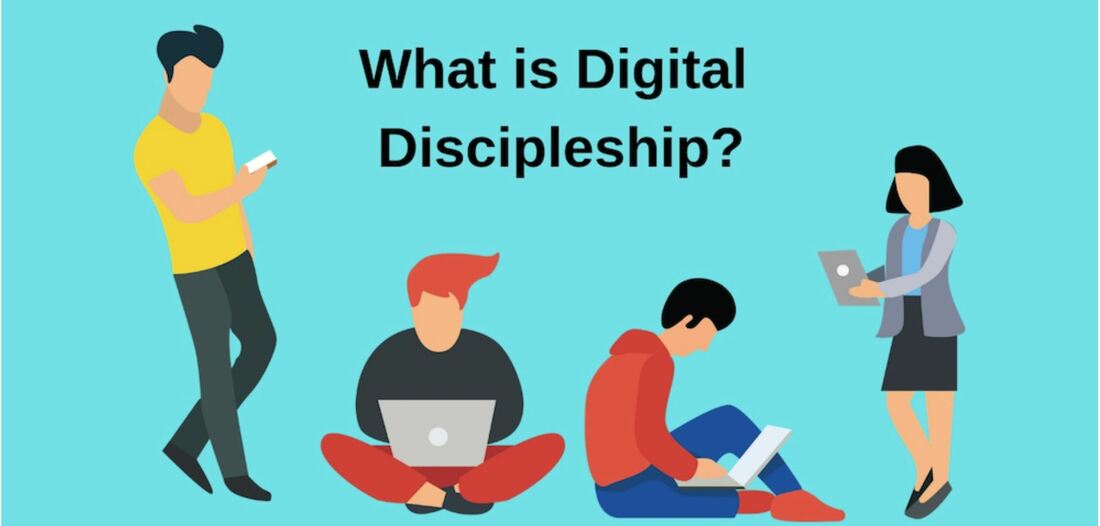
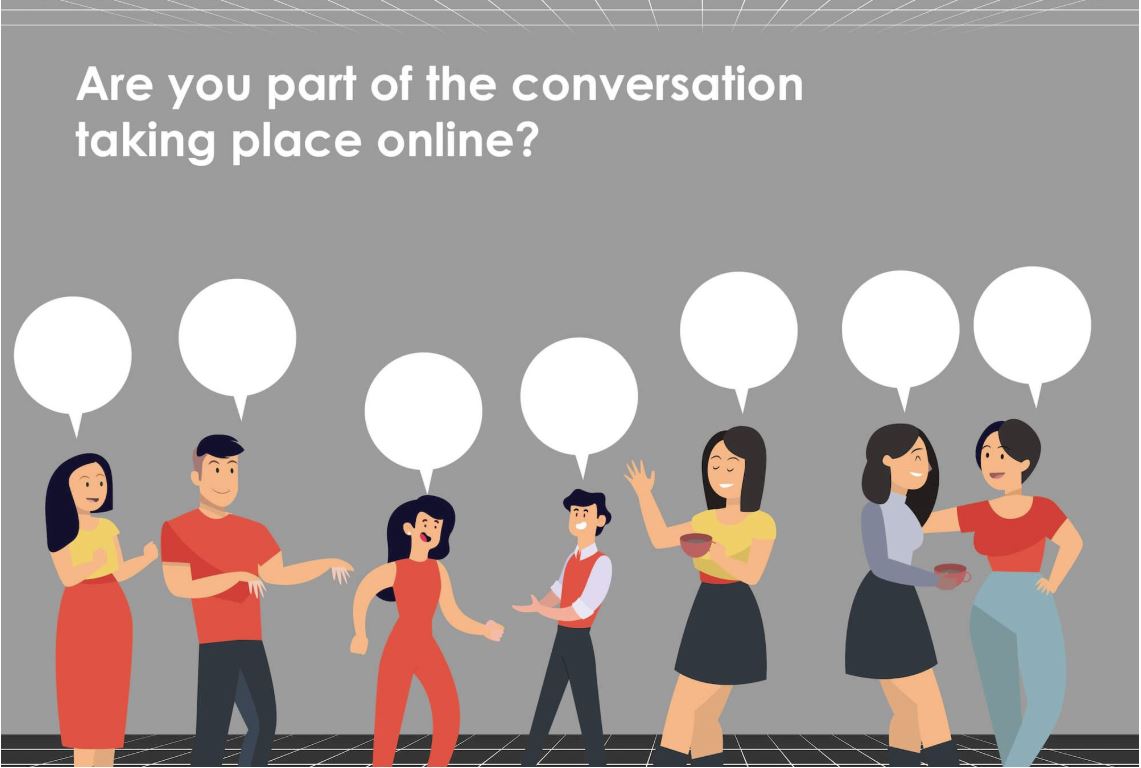
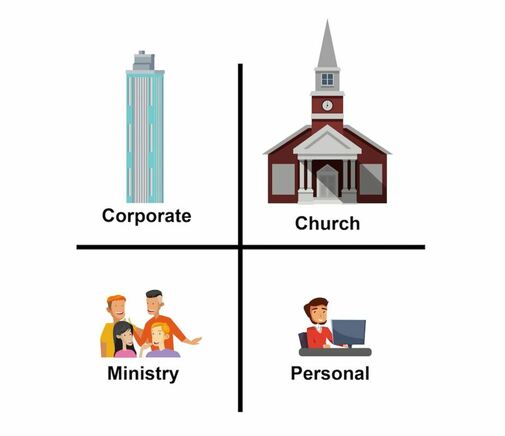

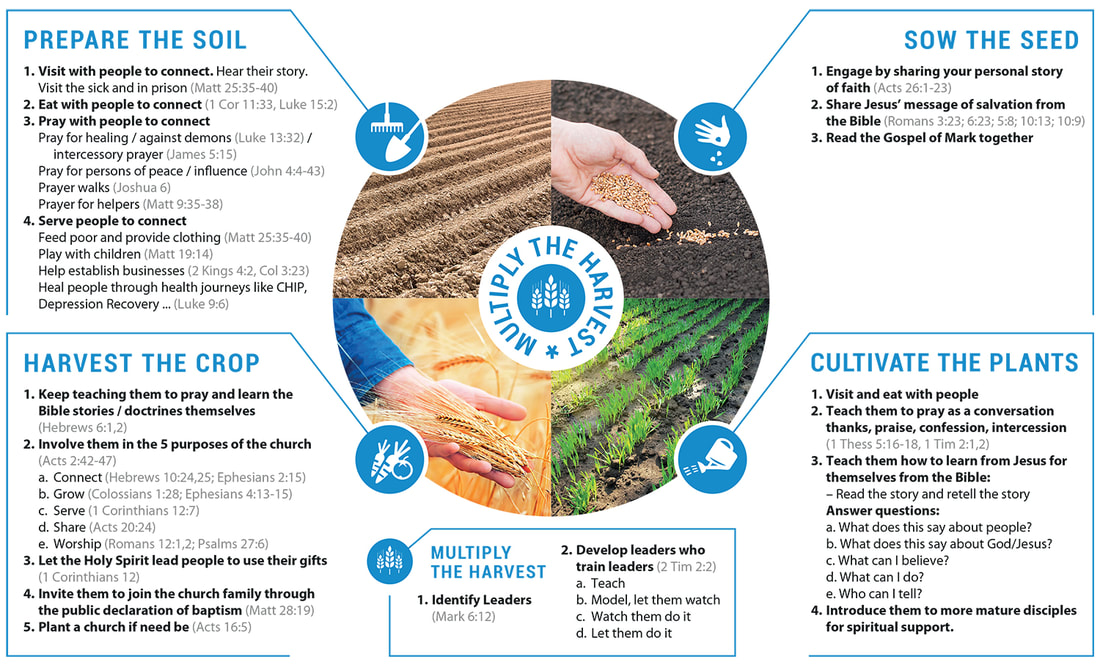




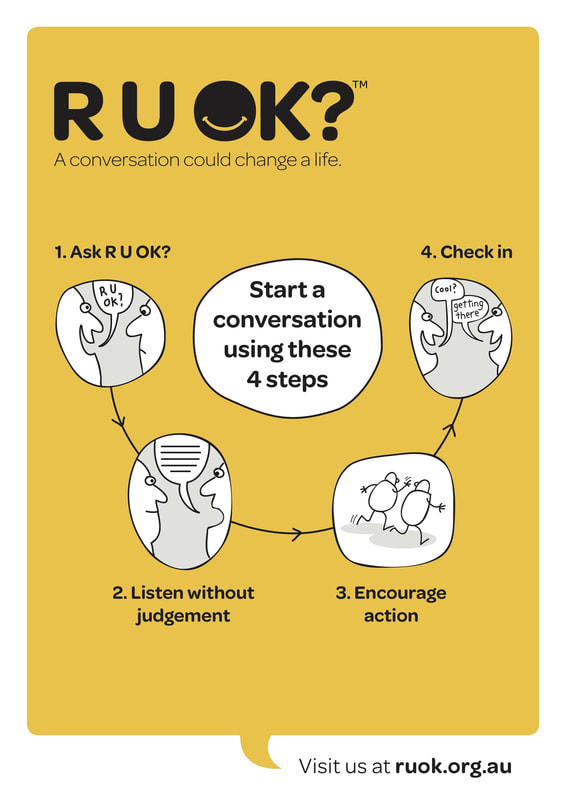
 RSS Feed
RSS Feed